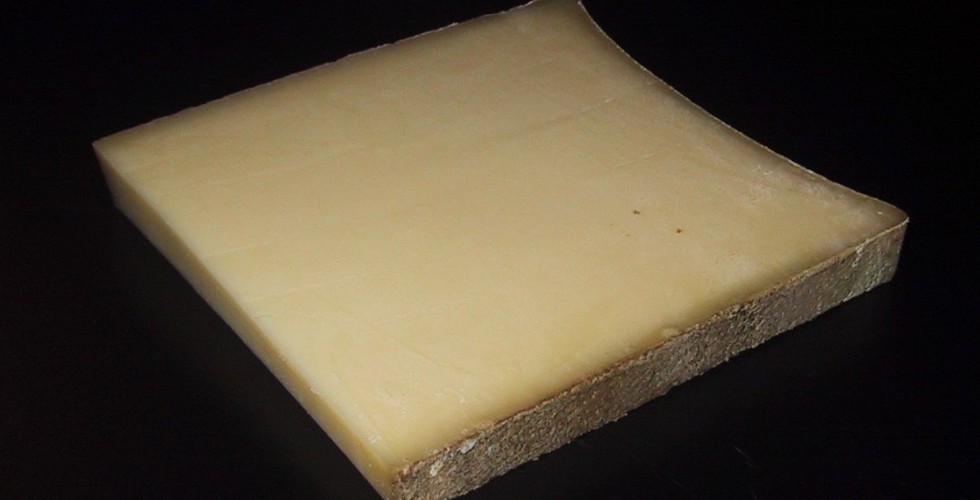Beaufort
| Beaufort has been celebrated since the Roman era. It takes about 500 litres (130 gallons) of milk to make a 40-45 kg wheel of Beaufort. The cheese is made from the milk given by the mahogany-coloured Beaufort cows, called the Tarines or Tarentaises. This ancient mountain breed originally came from the Indo-Asian continent. Beaufort cheeses come in three versions, Beaufort, Beaufort d’été (summer Beaufort),and Beaufort d’Alpage which is made in the mountain chalets and is the most tasty. Ripening takes at least four months in humid (92%) cellars with the temperature below 15° . The cheeses are constantly wiped and rubbed with brine. Young cheeses have a mild fruity, sweet taste then the taste become stronger and complex. The pate of the winter cheese is white, whereas the summer cheeses are a pale yellow, due to the cows munching on the alpine flowers. |
| Region: | Rhone-Alpes | |
| Milk: | Cow | |
| Seasons: | All Seasons | |
| Classification: | Hard | |
| Weight and Shape: | 20-70Kg round | |
Tasting Notes:
Young Beaufort is firm but not hard. It melts in the mouth, and has a rich, sweet, complex flavour. The Chalet d’Alpage is aged longer and has more honeyed, aromatic notes and a long, savoury tang that hints of meadow flowers.
How to enjoy:
This is not a cheese to melt on toast or put in a sandwich (although both would be heaven), and certainly not to be bought in miserable thin slices! It should be eaten in generous mouthfuls accompanied by a bottle of the best Pinot Noir you can afford. Fresh walnuts, grown throughout the Savoie, also make a great partner. Beaufort’s rich sweetness is also excellent with Champagne, as well as Chardonnay, and Riesling, but avoid dry whites that take away its flavour.
Pairing:
| White wine: | Roussette de Savoie (Altesse grape) |
| Red Wine: | Fruity and light red wine Beaujolais (Gamay Noir grape) |
References: fromages.com | cheese.com | wikipedia.org

